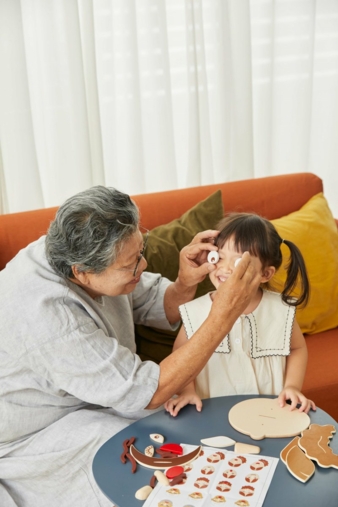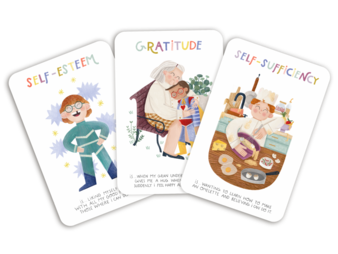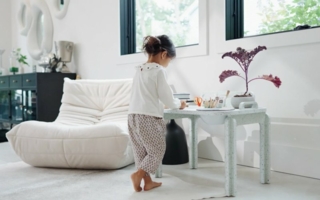21/05/2025 – The challenges children face today
There is no health without mental health
According to the WHO, mental health has deteriorated worldwide since the pandemic. A Eurobarometer survey conducted in June 2023 revealed that 46% of the European Union's population experiences emotional or psychosocial issues. These statistics primarily concern adults. But what about children, who are highly sensitive to the moods of adults around them? Urszula Kaszubowska, editor-in-chief of Branza Dziecieca, explains this in our guest article.
Mental health after the pandemic
The Covid-19 pandemic affected not only our physical health but also our mental well-being, including that of children. While the immediate threat has passed, the world continues to grapple with a post-pandemic crisis. Inflation, economic impoverishment, global conflicts and wars, and threats to democracy –all these are beyond children’s full understanding. However, they instinctively sense that the world around them is neither peaceful nor carefree. The lack of contact with peers during lockdowns had a negative impact on the development of children and adolescents.
Challenges the children face today
Psychologists and educators are now observing several symptoms of post-pandemic mental health struggles among children:
Sleep disorders
Anxiety disorders
Frustration
Anger and irritability
Nervous tension
Difficulties in forming connections with peers
Escaping into the virtual world
Low self-esteem and lack of acceptance from peers
Among teenagers, addiction to alcohol or drugs
In extreme cases, suicide attempts.
Post-pandemic crises, conflicts, school stress, poor peer relationships, aggression on social media and immersion in virtual reality give modern children and teenagers many reasons to feel confused and lost. They often don’t know how to defend themselves or express their fears and problems to adults.
Cyberbullying
Today, even pre-school children grow up in environments saturated with the internet, computers and video games that strongly capture their attention. About 75% of children aged 1–6 use mobile devices with internet access. Children and adolescents spend most of their online time watching YouTube videos, playing games, browsing websites, and using messaging apps or social media platforms. According to a 2023 study conducted by Amnesty International, nearly 27% of young people experience cyberbullying regularly, at least twice a month. The risks for children and adolescents include hate speech, online harassment, and exposure to violent content.
Promoting Mental, Emotional, Social Health (MESH)
Paying attention to Mental, Emotional, Social Health, especially in the the youngest, is crucial. Support for children and young people can be provided not only in schools or therapeutic workshops but also individually through play at home. Parents play a significant role in this process and must learn how to communicate effectively with their children to forster well-being. There are toys that encourage physical activity, group play, and competition. Playing with them promotes better fitness as well as healthy physical and mental development.
MESH toys shape future generations
MESH toys build resilience and nurture emotional health. Their role is to teach children key life and social skills through play. These include emotional self-defense, stress resilience, problem-solving, conflict resolution, and tackling challenges. MESH toys can help to calm down, focus and learn concentration, as well as find balance and peace. Through play, children can open up, reveal their fears, and, with the right tools, overcome them. In this kind of at-home “psychotherapy,” toys can play an invaluable role to teach children how to identify harmful behaviors from peers or adults, report issues to parents or teachers, and defend themselves from negative emotions. Emotions have always been a theme in toy trends, but today it’s about more than identifying who is happy or sad. Today’s children, even the youngest, face intense stimuli from the outside world, requiring more nuanced and effective emotional learning tools.





